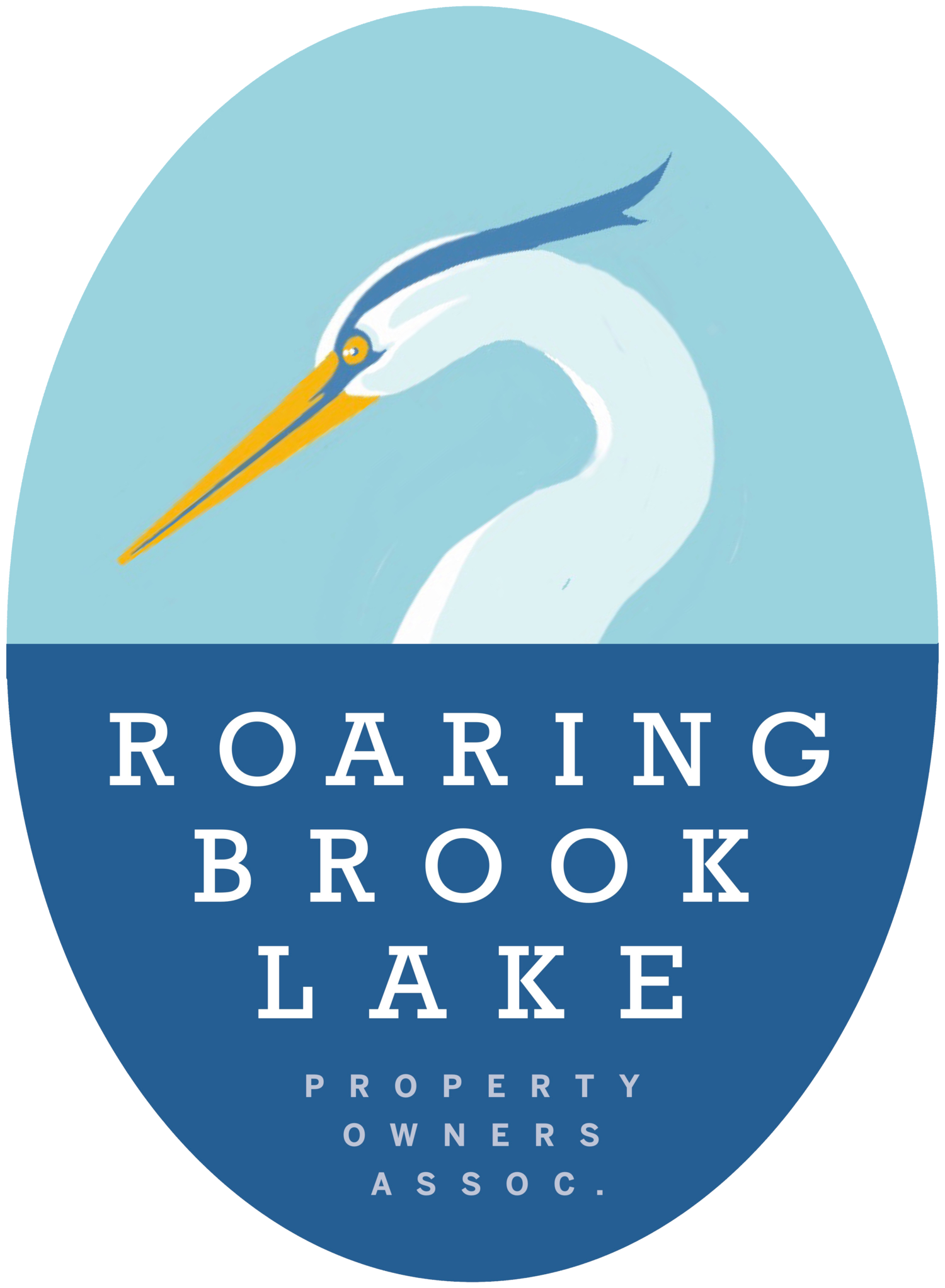A.J. REYES - Lake Manager
Alejandro (A.J.) Reyes grew up fishing and swimming in the lakes of Putnam Valley. After obtaining his BS in ecology from SUNY Plattsburgh (2008) and his Master’s degree in Lake Management from SUNY Oneonta (2016), he worked on lakes all over the US — lakes in places as different as Montana, Alaska, Nevada, and North Carolina. He has hands-on experience managing difficult lake problems, including quagga mussels in the Hoover Dam, invasive lake trout in Yellowstone Lake, and hydrilla in North Carolina.
In 2018, A.J. took a job with Northeast Aquatic Research (NEAR), headed up by RBL’s 1990 lake manager, Dr. George Knocklein. NEAR manages other local lakes, including Lake Oscawana and Lake Tibet, who have been very happy with NEAR’s care. A.J. has come back to the lakes of his childhood.
A.J. has a holistic view of lake management. He believes that sustainability is the key to a balance between preservation and human enjoyment. He is a hands-on manager. He likes to be on the lake and to see things for himself. He also plans to be more of a presence on the lake – it’s no big deal for him to head over to RBL if there’s an unusual finding or a situation that needs monitoring. He wants to get to know the RBL community as well. If you see him in his boat, say hi!
Why do we need a lake manager, anyway?
Left on its own, a lake will follow a steady path of filling in (scientists call it eutrophication). First, it will become a wetland and eventually, a forest. Generally, human disturbance makes the process go faster. Human habitation – houses, septic systems, lawns and driveways — allow more sediment and more nutrients (nutrient pollution) to make their way into the lake. These human processes work together to speed up the process of filling in the lake. For example, our recent studies show that, in the deepest part of Roaring Brook Lake, 3 feet of sediment has already accumulated. We also know that the expected life of a septic system is 30 to 40 years. Many of the septic systems on the lake have outlived their time.
I speak for all of us in saying that the number of beach closings that we have had for toxic algae in the last few years is not acceptable. It is true that the toxic algae could just disappear on its own. But, it just makes sense to not count on that, and to be as careful and preventative as we can be.
A lake management plan is our attempt to slow eutrophication down. We want to be good stewards for our lake. We want to address the problems of today and, also, think about the future. Ideally, we would like to leave the lake in better shape than we came to it. We hope to preserve this tiny spot of calm and beauty for our children and grandchildren.
Further Reading: Roaring Brook Water Quality and Aquatic Plant Report 2019 (pdf)
More reports available on the Resources page.


